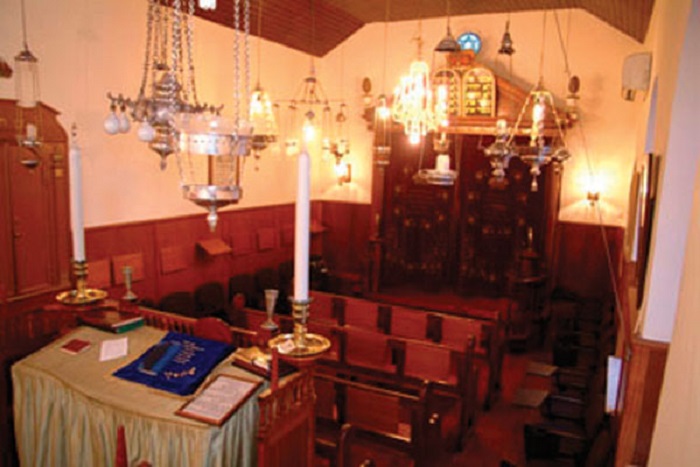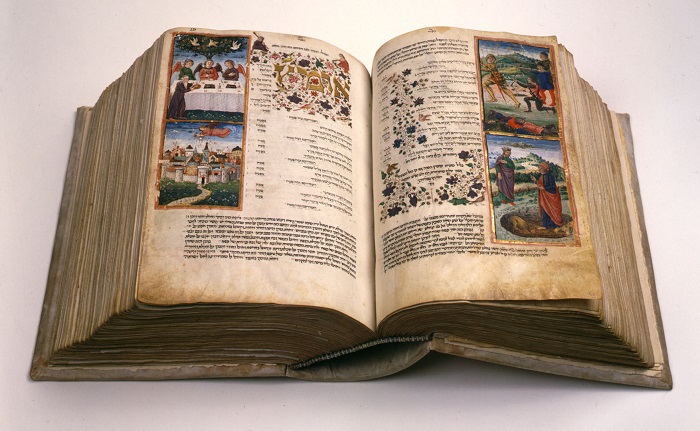ENGLISH CORNER, CON LINDA JIMÉNEZ – Sukkot is an 8-day holiday which begins five days after Yom Kippur, on the 15th of Tishri. The word “Sukkot” is the plural of “sukkah”, the temporary hut that is built for this holiday, and where observant families eat, and often sleep. The other major holiday symbols are the four species: the etrog, or citron; the lulav, or palm; the hadass, or myrtle and the aravah, or willow. These are tied together in a special way and waved up and down each morning of the holiday while a blessing is said.
This week, to commemorate Sukkot, we are bringing you a story, “The Etrog”, by S.Y. Agnon.
Shmuel Yosef Agnon was an Israeli novelist, poet, and short-story writer. He was one of the central figures of modern Hebrew literature. In English, his works are published under the name S. Y. Agnon.
Shmuel Yosef Halevi Czaczkes was born in 1888 in Buczacz, Polish Galicia, which was then part of the Austro-Hungarian Empire. He did not attend school and was schooled by his parents. In addition to studying Jewish texts, Agnon studied writings of the Haskalah (Jewish Enlightenment movement), and was also tutored in German. At the age of eight, he began to write in Hebrew and Yiddish, and the age of 15, he published his first poem – a Yiddish poem about the Kabbalist Joseph della Reina. He continued to write poems and stories in Hebrew and Yiddish, which were published in Galicia.
In 1908, he moved to Jaffa in Ottoman Palestine. The first story he published there was “Agunot” (“Chained Wives”), which appeared that same year in the journal Ha`omer. He used the pen name “Agnon”, derived from the title of the story, which he adopted as his official surname in 1924.
Agnon’s works deal with the conflict between the traditional Jewish life and language and the modern world. They also attempt to recapture the fading traditions of the European shtetl (village).
Agnon was awarded the Bialik Prize for literature twice, in 1934 and 1950. He was also awarded the Israel Prize for literature twice, in 1954 and 1958. In 1966, he was awarded the Nobel Prize in Literature “for his profoundly characteristic narrative art with motifs from the life of the Jewish people”. The prize was shared with German Jewish author Nelly Sachs.
An interesting anecdote that is related to our story: In later years, Agnon’s fame was such that when he complained to the municipality that traffic noise near his home was disturbing his work, the city closed the street to cars and posted a sign that read: “No entry to all vehicles, writer at work!
Agnon died in Jerusalem in 1970.
This story, “The Etrog”, was written in 1947 and translated by Jeffrey Saks. It appeared for the first time in English translation in Tablet Magazine in September, 2015, and was published in 2018 by The Toby Press in a new anthology of Agnon’s short stories, The Outcast and Other Tales.




